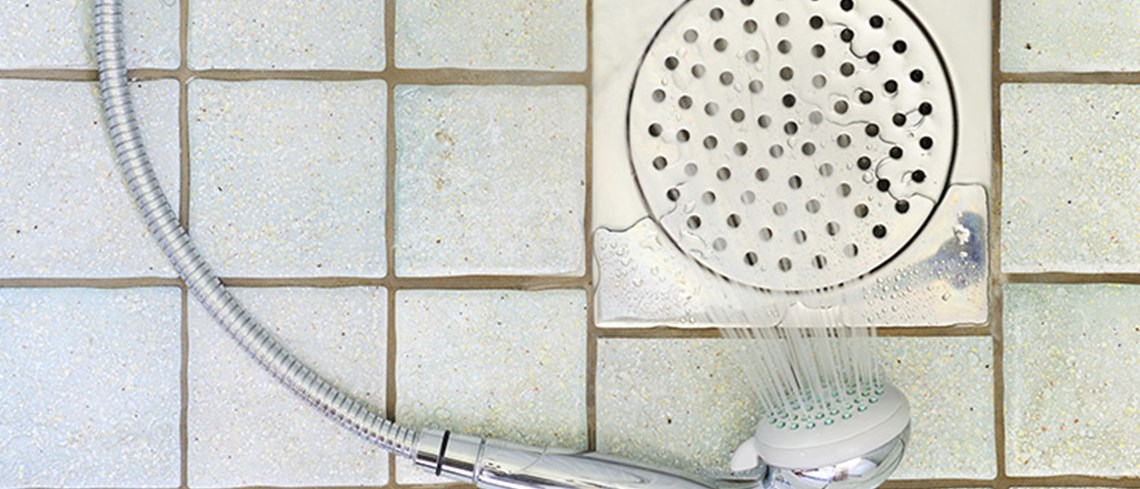Controlling mold and mildew
No one likes to share their bathroom with mold and mildew. It’s unsightly, but more importantly, it can cause allergic reactions and poor health.
To prevent mold & mildew from taking over your bathroom, it helps to know a little more about it. Mold is a fungus that grows in damp warm conditions, where there is not much airflow. Mildew is the term often used to describe the early stages of mold growth on a flat surface, usually seen as white fungal filaments. The black mold seen spreading as patches over bathroom tiles and walls can be caused by several different fungal species depending on the level of moisture in the environment.
By controlling the level of moisture in your bathroom and following these simple steps you can deal with mold and mildew and keep the bathroom to yourself
Get some air
Mold and mildew love warm damp environments so keep your bathroom well ventilated. Use an extractor fan after a bath or shower and try to keep the door open when the bathroom isn’t in use.
Clean the hard surfaces
Regularly clean and disinfect tiled walls, shower doors and other hard surfaces with Dettol floor cleaners where moisture is likely to collect. It’s also a good idea to use a dry cloth or squeegee to remove excess water.
Wash the soft stuff
Clean shower curtains regularly with a suitable disinfectant product or launder according to manufacturer’s instructions. Launder and replace towels regularly and hang them up somewhere to dry after use. Remember, don’t leave them on the bathroom floor.
Remove mold and mildew
Even if you follow the steps above, mold and mildew may still make camp in your bathroom. Remove any trace of them early using Dettol Disinfectant Bathroom Spray – it kills 99.9% of bacteria and viruses.
Once you’ve got rid of mold and mildew, you don’t want them back. So remember to clean and disinfect areas regularly, keep your bathroom well ventilated and dry, and if necessary install an electric de-humidifier to prevent the conditions mold and mildew love.
